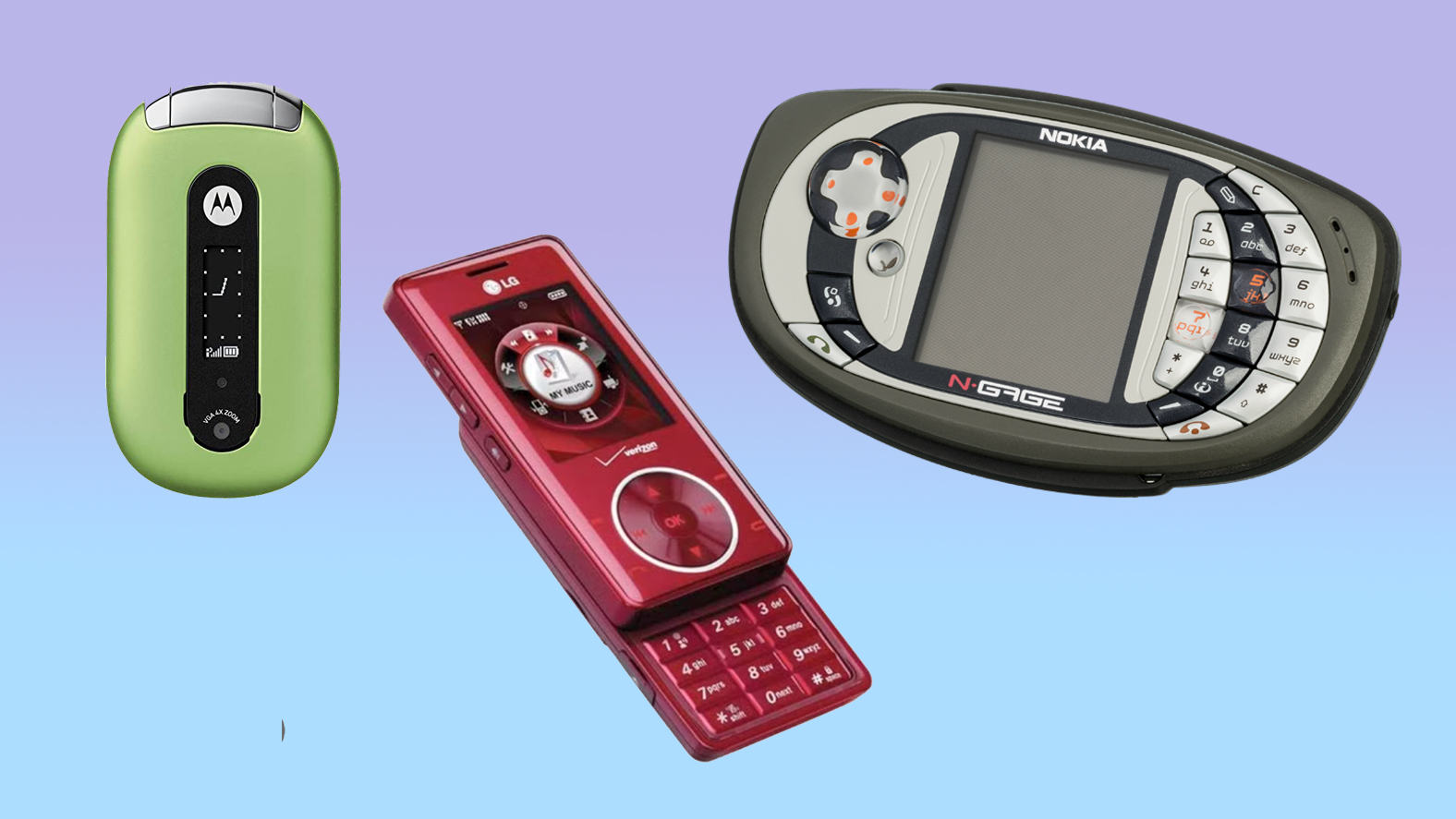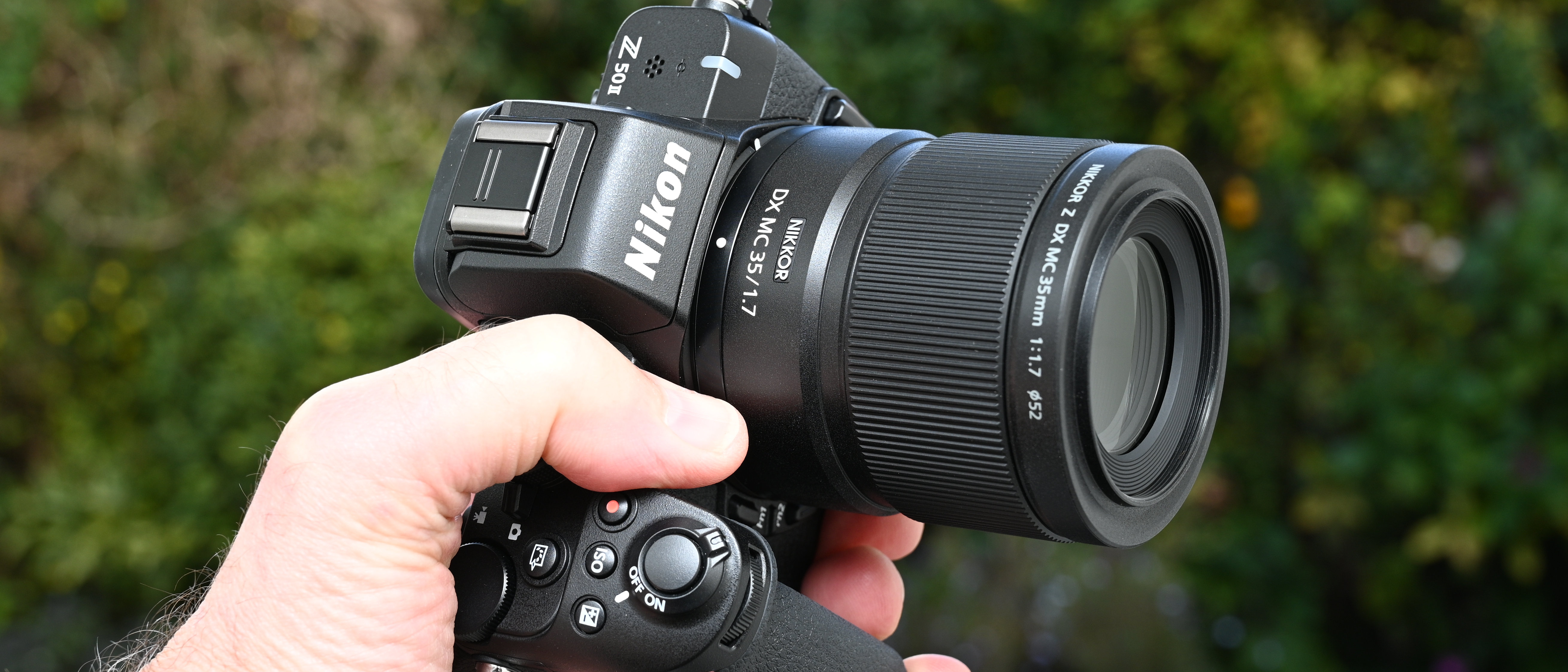From 0.3MP to 100MP: 22 years of the camera phone revolution
It's been 22 years since the first camera phone was released, and sending photos is now second nature

It doesn’t feel like it’s been more than 20 years since the first camera phone launched. In just two decades, camera phones have become so good, people have stopped buying compact cameras as much, entire feature-length films have been shot on the latest iPhones, and most come with portrait, wind-angle, and even macro modes.
When camera phones were first released, nobody really knew if they would take off. They were expensive to buy, it was expensive to send pictures and your friends could only view the images if they had a similar phone. There was concern that unlike the texting trend which people took to instantly, sending picture messages might be less of a concern... 22 years later and evidently, that is not the case.
From the latest and greatest iPhone 14 Pro Max or the Samsung Galaxy S22 Ultra to more budget phones such as the Honor 50, phones today would be nothing without their cameras. Smartphones are intrinsic to the way we navigate the modern world and since those first early models, we have seen them improve in almost every aspect from the quality of photos to the level of control you have over an image.
Camera phones aren't just great for taking photos and videos of your day-to-day life, many businesses now rely on camera phones to capture content quickly for social media platforms such as Instagram and TikTok. With secondhand clothes apps like Vinted and Depop increasing in popularity, taking photos on your phone is the fastest way to upload them and start making money.
During covid, people without camera phones were a little left behind as QR codes became the new way to order, look at menus, and of course, record your check-ins. To own a phone without a camera is to put yourself at a disadvantage in many ways.
So where did camera phones begin? A dig into the BBC YouTube archives brings us a report showing the first reactions to phones capable of taking photos. It's strange to look back at recent history – and yet see a world that was so very different from our current reality, where smartphone cameras are big business, having taken over from the compact camera market.
When camera phones first existed, they had hardly any memory, the picture quality was poor and transferring photos from one device to another wasn't straightforward. You either had to pay for an MMS message or spend ages trying to send it via infrared with the phones positioned next to each other.
The best camera deals, reviews, product advice, and unmissable photography news, direct to your inbox!
The first ever camera phone to exist was manufactured by Samsung in 2000. The SCH-V200 could only take 20, 0.35-megapixel photos and you had to connect it to a computer to access them but the technology was revolutionary. Two years later, camera phones arrived in the US in the form of the Sanyo SCP-5300. At $400 it certainly wasn’t cheap, even in today’s economic climate but it did have a flash function, self-timer and even white balance control.
Six years into the craze, Sony Ericcson changed the camera phone game with the K800i - a 3.2MP Sony cyber-shot branded camera phone that actually took pretty good pictures. Released in 2006, I was just 12 years old when it came out but I remember it like it was yesterday. My Dad went out and bought one not long after its release and after having a play on it I was hankering for one too. I loved the lens cover you could slide across to activate the camera and the picture quality was impressive for such a small phone.
These days camera phones are in a league of their own compared to where they started. Phones such as the Samsung Galaxy S21 Ultra feature a 108MP camera while the iPhone 14 offers cinematic anamorphic video modes, various different lenses and incredibly smooth stabilization. Over the last 22 years, modern smartphones have made compact cameras almost obsolete – a feat that at the start of the millennium, no one could've imagined.
With the best iPhones for photography, you can capture high-quality photos wherever you are.

Having studied Journalism and Public Relations at the University of the West of England Hannah developed a love for photography through a module on photojournalism. She specializes in Portrait, Fashion and lifestyle photography but has more recently branched out in the world of stylized product photography. Hannah spent three years working at Wex Photo Video as a Senior Sales Assistant, using her experience and knowledge of cameras to help people buy the equipment that is right for them. With eight years experience working with studio lighting, Hannah has run many successful workshops teaching people how to use different lighting setups.

